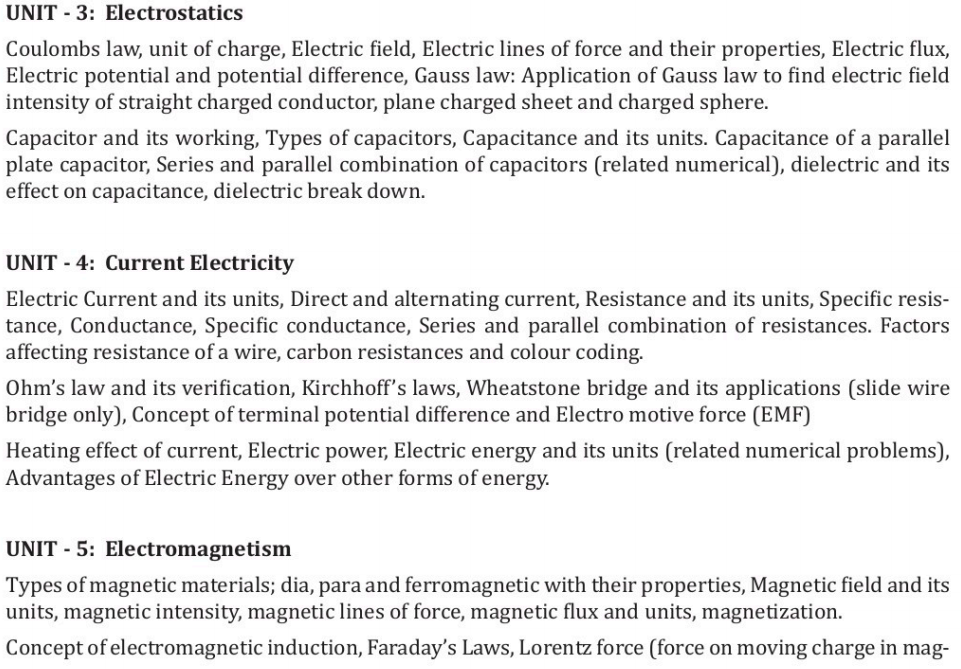Compusory course for Diploma Chemical Engineering Students of second year 4th semester.
- Vinay: Vinay Sachan
ourse Code : CHPC204
Course Title : MASS TRANSFER - I
Number of Credits : 3 (L: 2, T: 1, P: 0)
Prerequisites : NIL
Course Type : PC
COURSE LEARNING OBJECTIVES:
• To learn the concept of diffusion in gas, liquid & solid.
• To understand the basics of interphase mass transfer.
• To learn application of gas-liquid operation and simultaneous heat and mass transfer
• operations.
COURSE CONTENT:
UNIT-I: Definition- Ficks law, Molecular and eddy diffusion, Diffusion in gaseous mixtures, liquid
mixtures and solids, measurement and calculation of diffusivities. Mass transfer coefficients - Individual
and overall with relations, Theories of mass transfer, Analogies between momentum, heat and
mass transfer to predict mass transfer coefficients.
UNIT-II: Absorption – Solubility, theory of gas absorption, Concept of Equilibrium and operating
lines. Mass Transfer Equipments- Batch and continuous, Stage wise contactors and Differential contactors,
Concept of HTU and NTU, Tower packings and packing characteristics,
UNIT-III: Humidification Theory, Psychometric Chart, Adiabatic Saturator, Wet Bulb Theory, Methods
of Humidification and dehumidification, Cooling towers,
UNIT-IV: Drying Theory and Mechanism, Drying Characteristics, Estimation of Drying time, drying
rate curve, Classification of Driers, Description and Application of Driers, Continuous driers.
UNIT-V: Crystallization, Solubility curve, Types of crystals, Principles of Crystallization, Supersaturation
Theory, Factors governing nucleation and crystal growth. Theory of crystallization, Classification
of crystallizers and their applications.
REFERENCE BOOKS:
1. Binay. K.Dutta “ Principles of Mass Transfer and Separation Processes”., PHI Learning
2. R.E. Treybal, “Mass Transfer Operations”, McGraw Hill Book Co., New York.
3. N. Anantharaman and K.M.Meera Sheriffa Begum, “Mass Transfer Theory and Practice”, Printice Hall
of India Pvt. Ltd., New Delhi.
4. J. M. Coulson and J. F. Richardson, “Chemical Engineering”, Vol. II, Butterworth Heinemann, New York.
5. W.L. McCabe, J.C. Smith and P. Harriot, “Unit Operations of Chemical Engineering”, McGraw Hill Book
Co., New York.
COURSE OUTCOMES:
On completion of the course, the student will be:
• familiar with the basic phenomenon of mass transfer involving phases.
• able to apply the concepts of mass transfer in gas-liquid systems like absorption, humidification,
drying and crystallization
• Gaining good knowledge of required optimum condition for a gas-liquid system.
- Teacher: Arun Gupta
Open Office
- Teacher: Mamta Sagar



- Teacher: Abhishek Chandra
- Teacher: Brijendra Singh